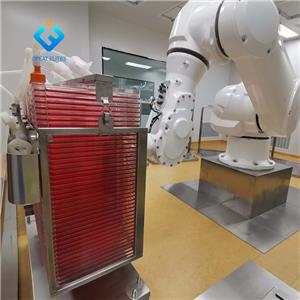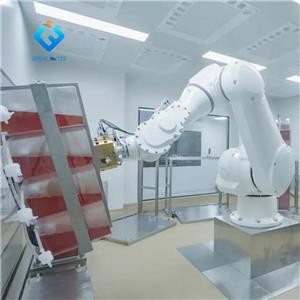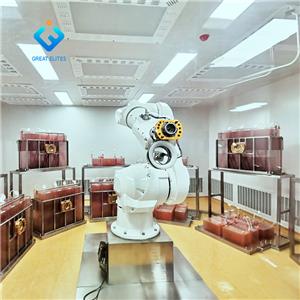Precautions for cell culture
Precautions for cell culture
(1) When culturing a certain cell for the first time, you must first search the name of the cell to understand relevant information, including the culture medium, serum, additives, normal digestion time, passage time, etc. For specific cells (such as primary cultured cells), it is necessary to consult relevant literature to obtain more accurate culture methods.
(2) When entering the cell to cell culture, the following steps must be strictly followed:
① Make sure that all solutions and consumables for cell operation have been disinfected and tested without problems. Do not use uncertain solutions and consumables. Do not borrow other people's solutions unless under special circumstances.
② Make sure the cuffs of the clothes are rolled up or the cuffs of the white coat are fastened.
③ Determine the amount of alcohol in the alcohol lamp and replenish it if necessary.
④ Make sure that all solutions and consumables needed are within reach. In order to open the bottle cap with one hand, all the bottle caps can be loosened before the experiment.
⑤ Try not to pour the solution directly unless the bottle mouth is not burnt. If the pouring fails and the solution sticks to the mouth of the bottle, please carefully clean the periphery of the mouth of the bottle with a paper towel sprayed with 75% alcohol (do not touch the mouth of the bottle) and burn it on the flame.
⑥ If the consumables used are not sure to be clean during operation, they must be replaced in time.
⑦ Clean up in time after the experiment, keep the work area clean and tidy, and finally clean the table with 75% alcohol.
(3) Prevention of cell contamination
① The laboratory supplies prevent pollution. The reagents, consumables and equipment used for cell culture shall be thoroughly cleaned and disinfected, and the sterilization of various solutions shall be careful, and can be used only after the sterility test is negative. The operating room and the remaining sterile equipment shall be cleaned, disinfected and sterilized regularly.
② Prevent pollution during operation.
③ Clothes that are easy to generate static electricity or absorb dust must be replaced with white coats before entering the cells.
④ Before the start of the experiment, it is necessary to ensure that there is no problem with the gloves. As long as the gloves are in contact with objects outside the biosafety cabinet, the gloves must be disinfected in time.
⑤ After entering the cell culture room, close the door, sit down and walk as little as possible to avoid affecting the air curtain of the biosafety cabinet. Wipe hands and bottle caps with 75% alcohol cotton balls before work. Strictly check the equipment, solutions and cells used in advance. Do not bring contaminated or non sterilized articles into the sterile room, let alone use them casually, so as to avoid large-scale pollution.
⑥ The operation of cells should be light. The bottle mouth must be opened in the sterile area around the flame, and the bottle mouth must be placed around the flame for simple rotation and burning. Be careful not to let the flame burn the plastic bottle mouth.
⑦ During the experimental operation, the partition of the biosafety cabinet should be as low as possible to minimize conversation. When sneezing or coughing, it must not face the work area to avoid unnecessary pollution.
⑧ The bottle cap should be placed upside down away from itself to prevent the bottle cap from being polluted by misoperation.
⑨ Do not pass over the open container to avoid cell contamination caused by unknown objects falling on the clothes.
⑩ During the experimental operation, pay attention to timely replacement of Pasteur pipette, pipette head and pipette, and do not carry out one pipe to the end. In case of contact with unclean or indeterminate articles, they must be directly discarded. After the experiment, it shall be cleaned in time to keep the laboratory clean and tidy. Finally, the table top shall be cleaned with 75% alcohol.
(4) Prevent cross contamination of cells
① When conducting a variety of cell culture operations, the instruments used should be strictly distinguished, and it is better to mark them for identification. The operation is carried out in sequence, and only one cell is processed at a time. When multiple cells and multiple operations are carried out together, confusion is likely to occur.
② During the liquid exchange or passage operation, the pipette head and pipette attached with cells shall not touch the mouth of the reagent bottle, so as to avoid bringing the cells into the culture medium and polluting other cells.
③ Once all cells are purchased, introduced from other places, or established by themselves, they must be preserved and frozen in time. In case of pollution, the cells can be resuscitated and continue to be cultured.




